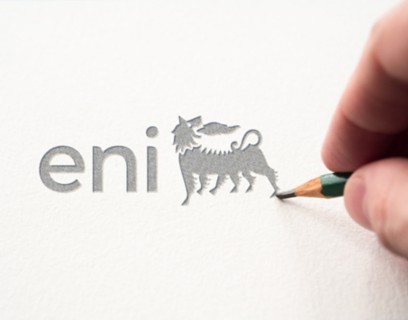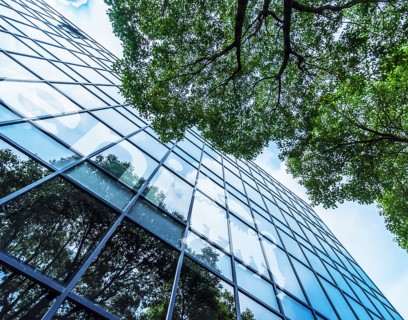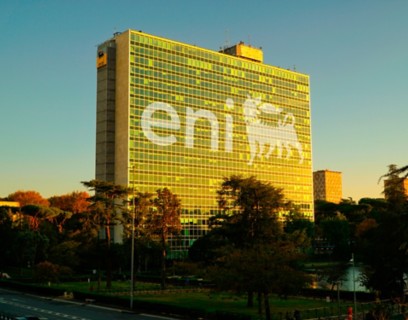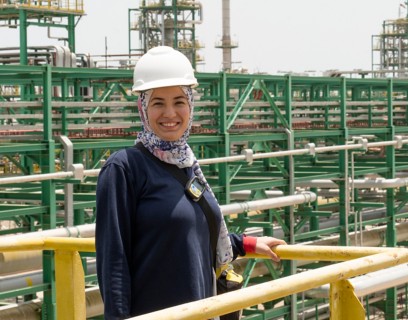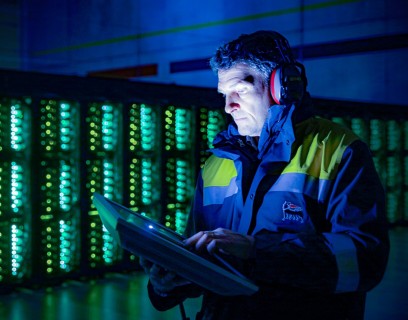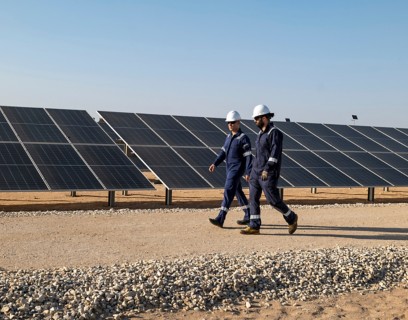- ACTIVITIES AROUND THE WORLD
- NET ZERO
- ACCESSIBLE ENERGY
Our strategic presence in Asia Pacific
By applying our satellite model and integrated development initiatives, we support the leveraging of available resources.

Our presence in Asia Pacific is guided by a long-term strategic vision, in line with the priorities of our business model. We have operated on the continent since the 1960s and are now present in numerous countries. The region’s growing importance reflects, on the one hand, the high demand for gas, driven by the need to reduce coal use (particularly in the Far East, a crucial area for the liquefied natural gas LNG market). On the other hand, opportunities are opening up for gas production directly in the area, in markets such as Indonesia and Malaysia. Here in particular, we apply our satellite model, strengthening our portfolio by creating independent companies focused on specific business areas with the ability to access capital markets autonomously. In this scenario, the diversification of activities contributes to energy security and stability. The region is also increasingly important for trading, biorefining, chemistry, bio-feedstock production for biofuels, and EPC (Engineering, Procurement and Construction) activities.
At the same time, in the countries where we operate, local activities include projects related to environmental protection, health and education.
Indonesia
We are active in hydrocarbon exploration and production under several licences, with strategic projects such as Jangkrik and Merakes, as well as the Geng North discovery. We apply our satellite model through the business combination with PETRONAS for managing assets in Indonesia and Malaysia. Eni is also active in agri-feedstock initiatives for the production of biofuels, alongside support for local projects in health, education and economic development.
Australia
Our activities in Australia include hydrocarbon and gas exploration and production, the development of renewables, and projects with social and environmental value. The Katherine photovoltaic plant supports the Northern Territory’s target of reaching 50% renewable energy by 2030. In addition, we are promoting initiatives for local development, the protection of Aboriginal communities and the conservation of biodiversity.
China
We are present in China mainly in chemistry, licensing of petrochemical technologies, and in the trading and marketing of hydrocarbons and lubricants. Enilive has also established an initial presence in the Chinese retail market.
Vietnam
Our activities in the country span exploration, chemistry and agri-feedstock initiatives for the production of biofuels. We are also active through local development projects.
India
We operate in the country mainly in chemistry through Versalis, as well as in trading, the marketing of hydrocarbons and products, and the licensing of petrochemical technologies.
Malaysia
We apply our satellite model through the business combination with PETRONAS for managing assets in Indonesia and Malaysia. In addition, with PETRONAS, Enilive and Euglena, a biorefinery for the production of SAF and biofuels will be built by 2028.
Singapore
We operate in the country in lubricants, chemistry and trading.
Timor Leste
We are present in the country in the exploration sector and with development projects.
South Korea
In South Korea we operate mainly with Versalis in chemistry, also through the Lotte Versalis Elastomers joint venture. In addition, Enilive is working to develop a new biorefinery for the production of SAF and biofuels in joint venture with LG Chem by 2027.
A strategic hub for LNG and for the energy transition
Asia Pacific is characterised by rising natural gas demand and a key role for Liquefied Natural Gas (LNG), representing a market with significant opportunities for Eni. According to the IEA, Asia remains the primary driver of gas demand in the medium term; after a more muted 2025, growth is expected to pick up again in 2026 as new LNG supply comes on stream. The region is one of the world’s main hubs for the LNG market, with robust growth in regasification capacity (+40 bcm)1 and major liquefaction projects as reported in Eni’s World Energy Review, which tracks energy trends and developments. Eni’s strategy in the Asia Pacific region is aligned with the corporate objective to increase the share of gas in upstream production to 60% by 2030.
We operate along the entire value chain, from production to transport and marketing, also through Eni’s dedicated LNG Shipping fleet and the trading activities of Eni Global Energy Markets (EGEM). Given that in many countries in the area coal still accounts for over 60% of the energy mix, we contribute to the transition through broader use of gas, in line with local governments’ energy strategies and economic development plans.
Eni’s satellite model in Malaysia and Indonesia
By applying the satellite model, we leverage the various components of our portfolio with financially independent units. We are implementing the model already tested with Vår Energi in Norway, Azule Energy in Angola and Ithaca Energy in the United Kingdom, based on the concept of business combination, via the agreement with PETRONAS, which marks a further step forward in our efforts in the area. The agreement aims to integrate the two companies’ assets in Malaysia and Indonesia on a 50:50 basis, generating operating synergies and a high-value resource portfolio with significant future growth components. The project will leverage a combined exploration potential of around 1,400 billion cubic metres of gas, with significant impacts on local production, infrastructure and employment.
Development opportunities for biorefining and renewables
Asia Pacific is also a strategic area for the development of agri-feedstock supply chains, where Eni has already developed initiatives in Indonesia and Vietnam. Among Enilive’s projects to develop new biorefineries, progress continues at Pengerang (Malaysia) in NewCo with PETRONAS and Euglena, and at Daesan/Seosan (South Korea) in joint venture with LG Chem. Both are based on the Ecofining™ technology and will produce SAF (Sustainable Aviation Fuel) and HVO (Hydrotreated Vegetable Oil), thus supporting sustainable mobility. In the area of renewables, which continue to grow globally at a strong pace with Asia Pacific as the main development area, we are present in Australia with the Katherine, Batchelor and Manton Dam photovoltaic farms. In the region, Eni also plans to develop projects for carbon capture and storage (CCS).
Our presence in Asia Pacific
- (1) WER data, World Energy Review 2025 (July)
Claudio Descalzi
Eni’s Chief Executive Officer

Some of the most important initiatives we have launched
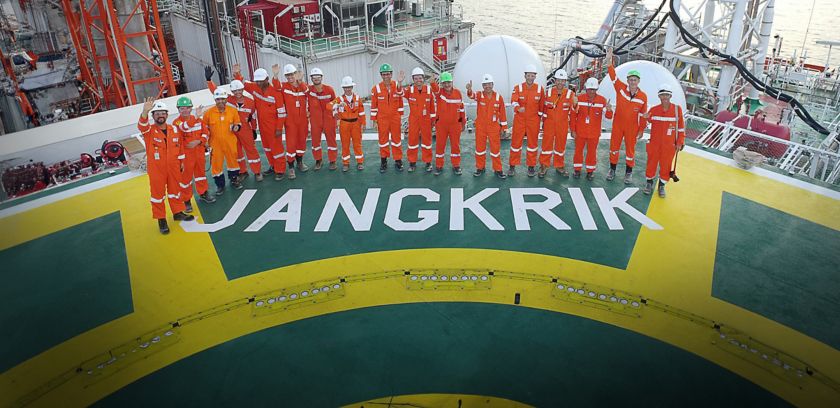
Jangkrik: integration and speed to produce liquefied natural gas
The project overcame the challenge of quickly building all the gas process modules into one large integrated module.
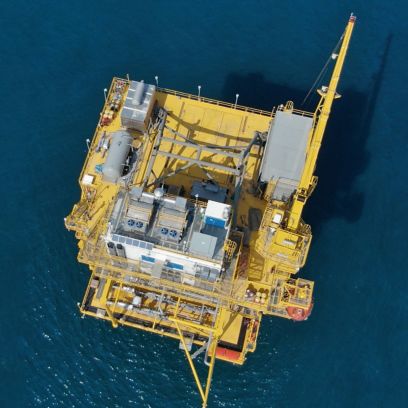
Merakes: enhancing teamwork increases efficiency
By tying into the transport and treatment facilities of near-field Jangkrik, we secured a very rapid start-up.
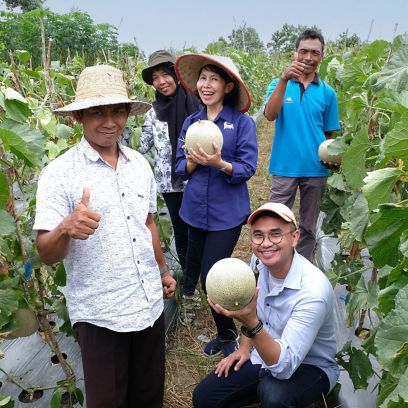
Indonesia: training and local development projects
We develop projects to ensure access to drinking water and agricultural training, supporting quality of life and the environment.
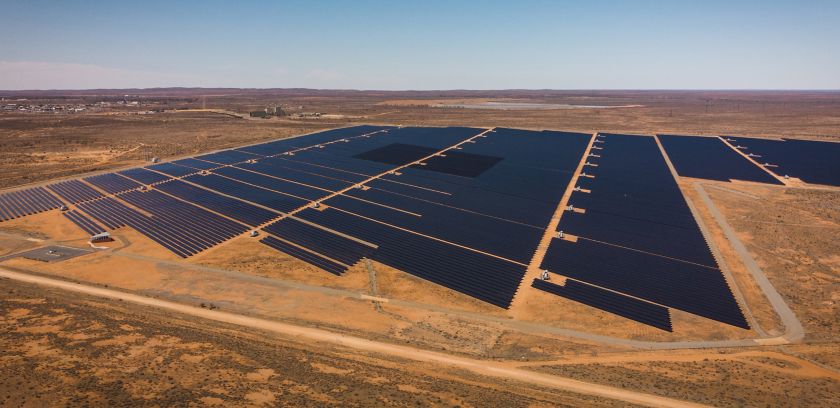
Katherine, the largest photovoltaic plant in Northern Australia
The photovoltaic power plant will help achieve the goal of producing 50% of energy from renewable sources by 2030.

